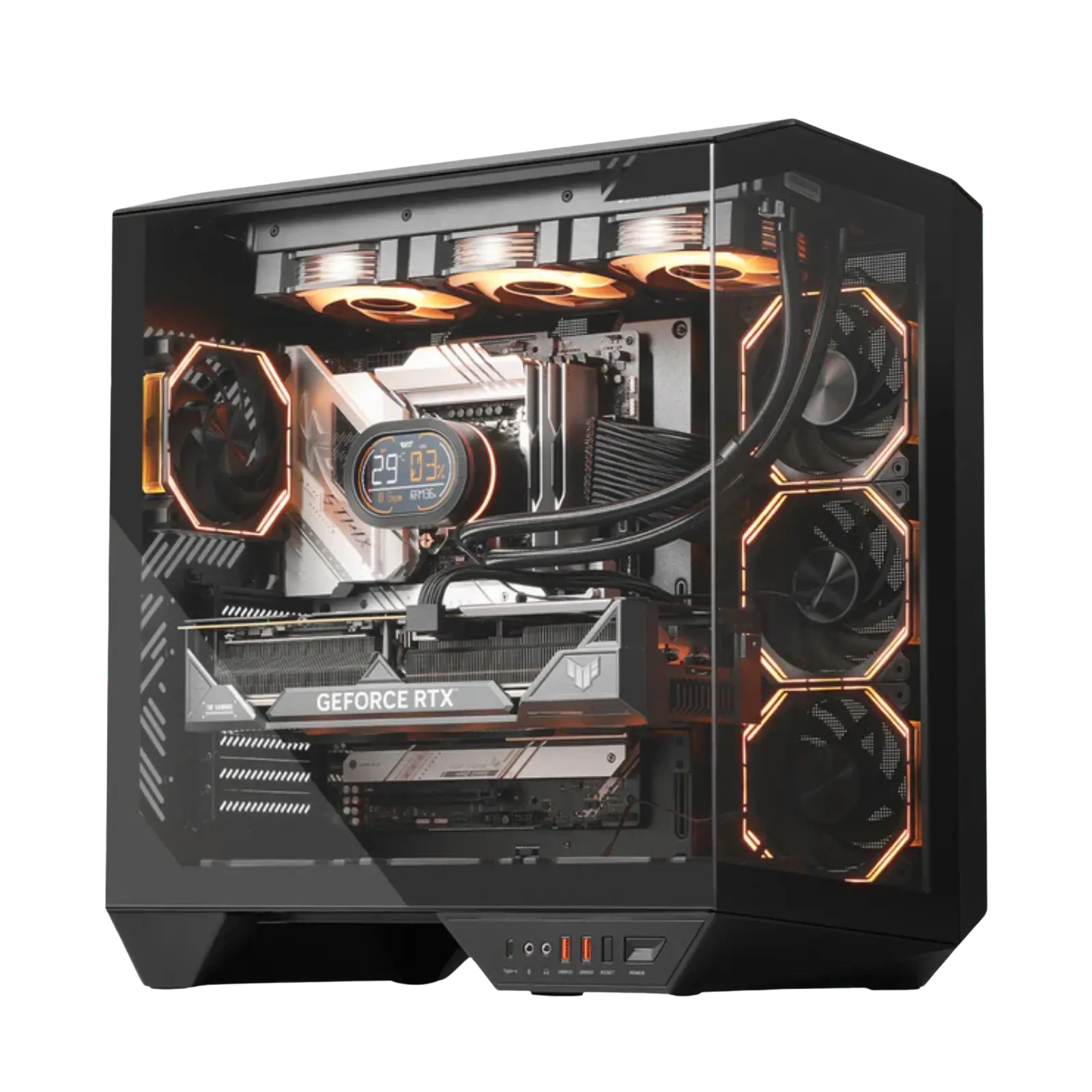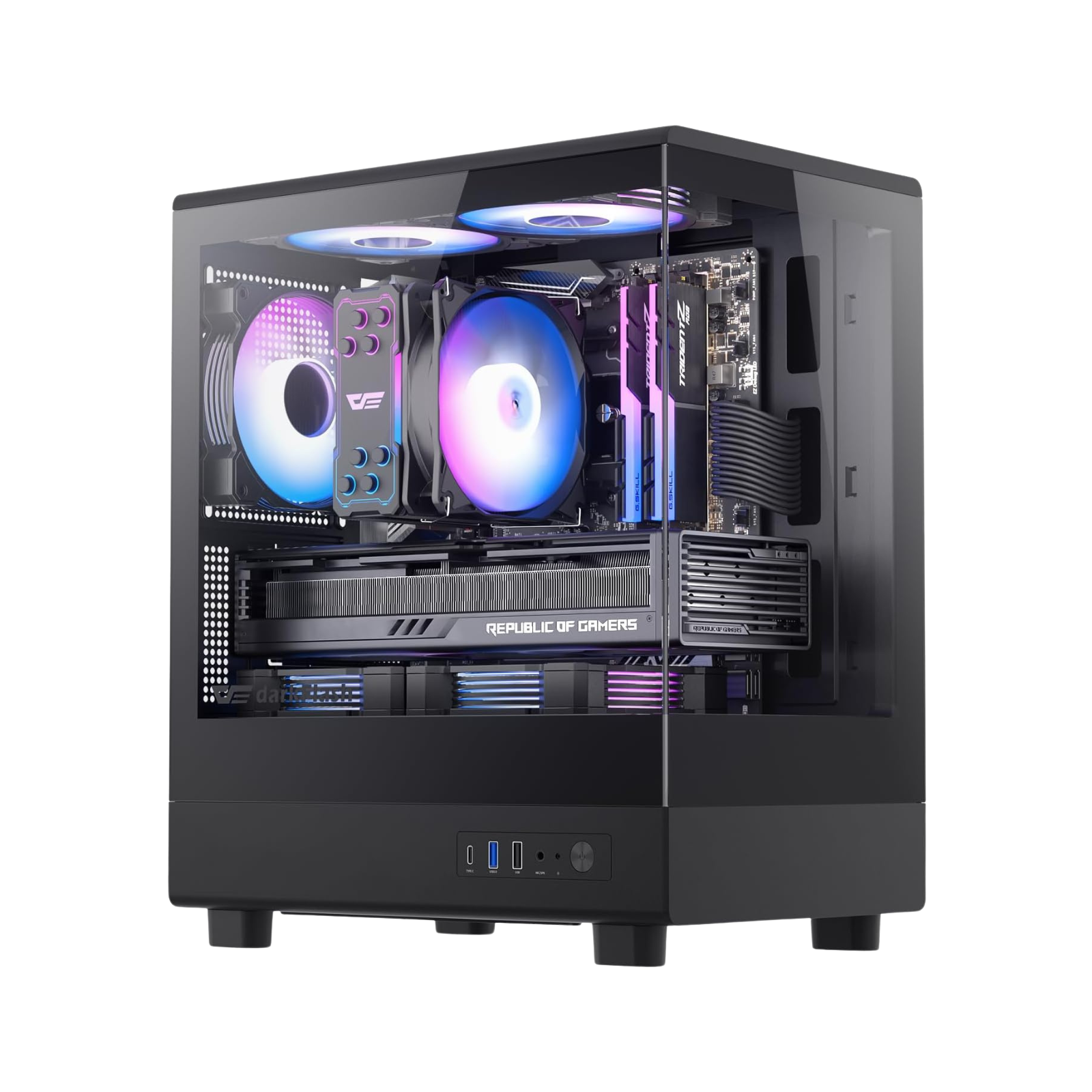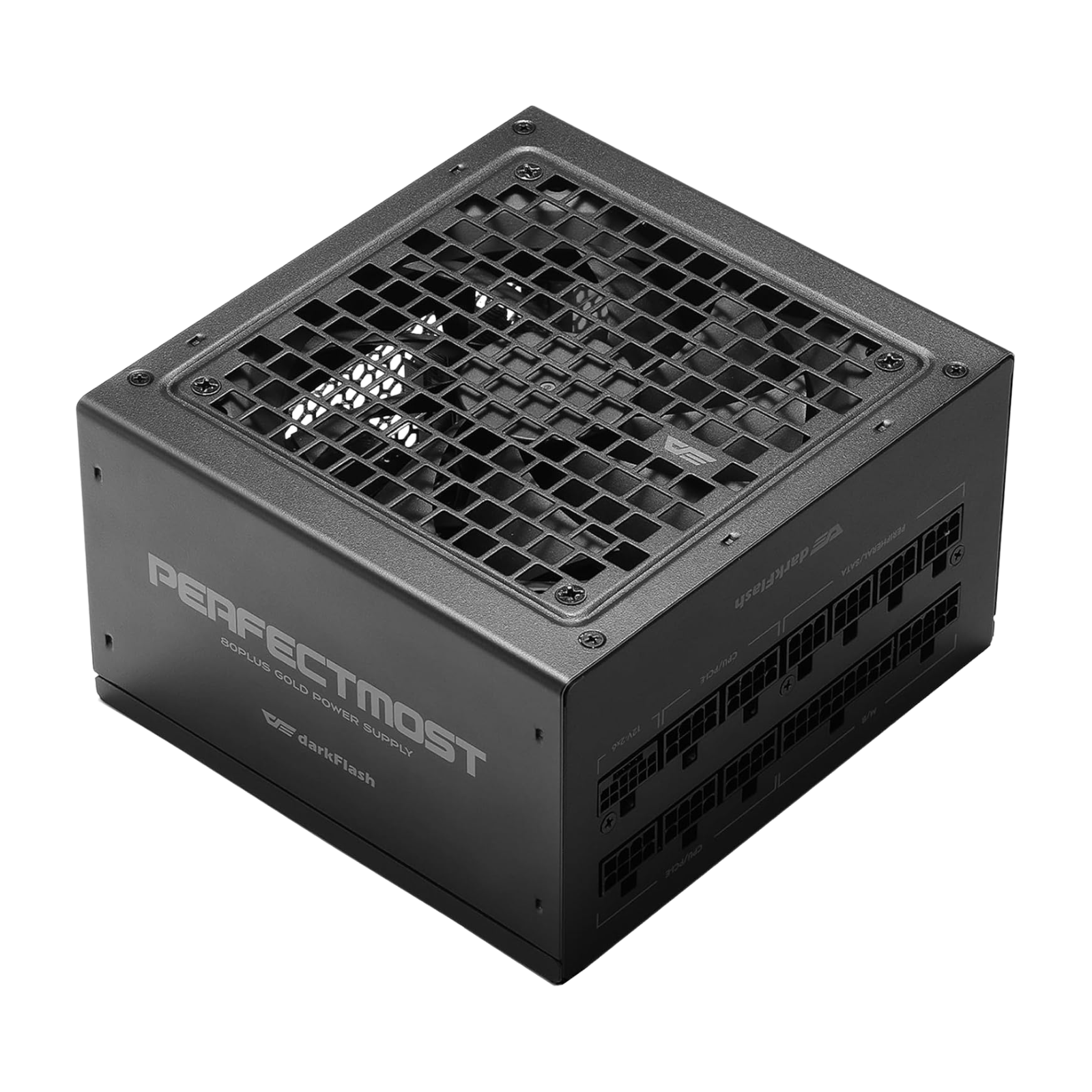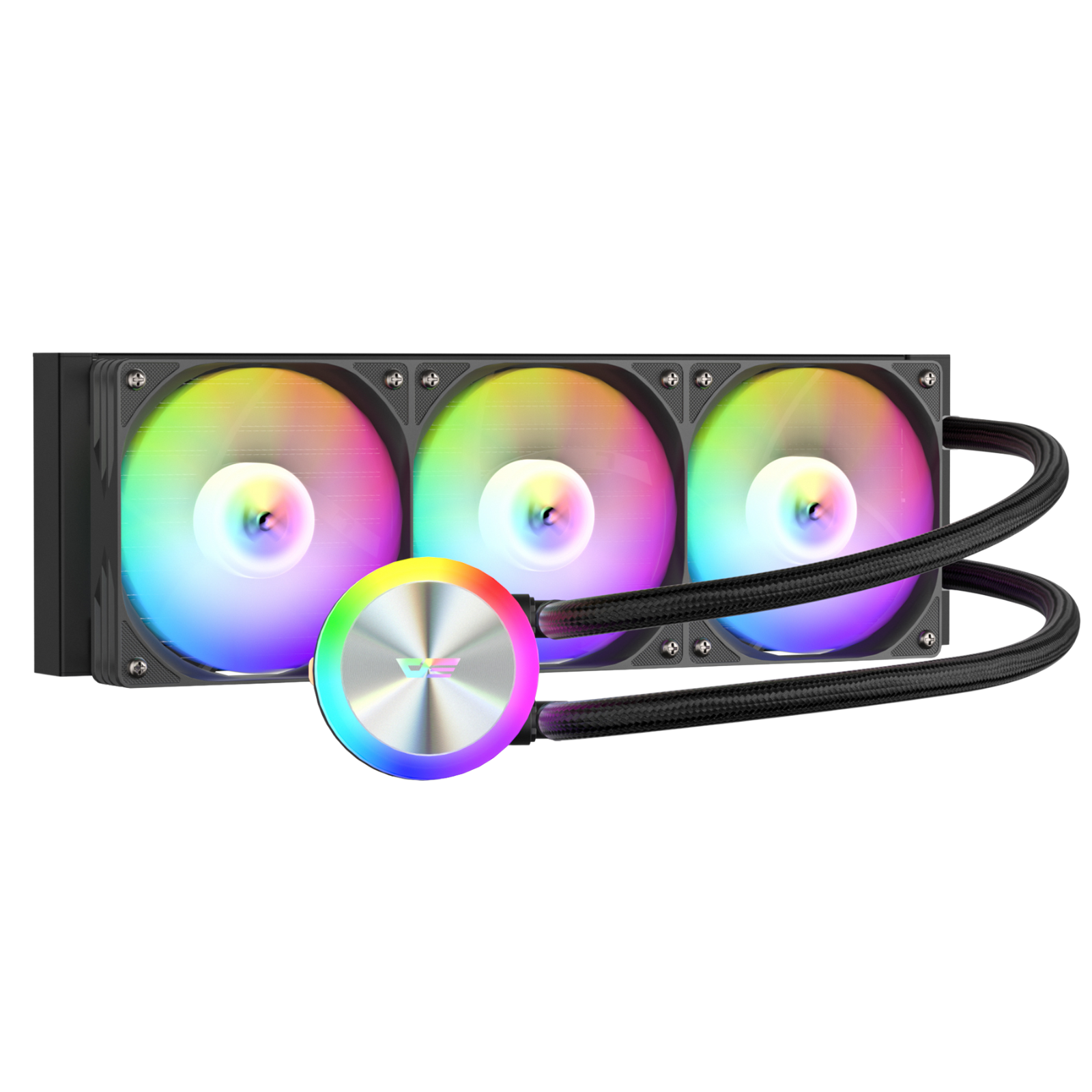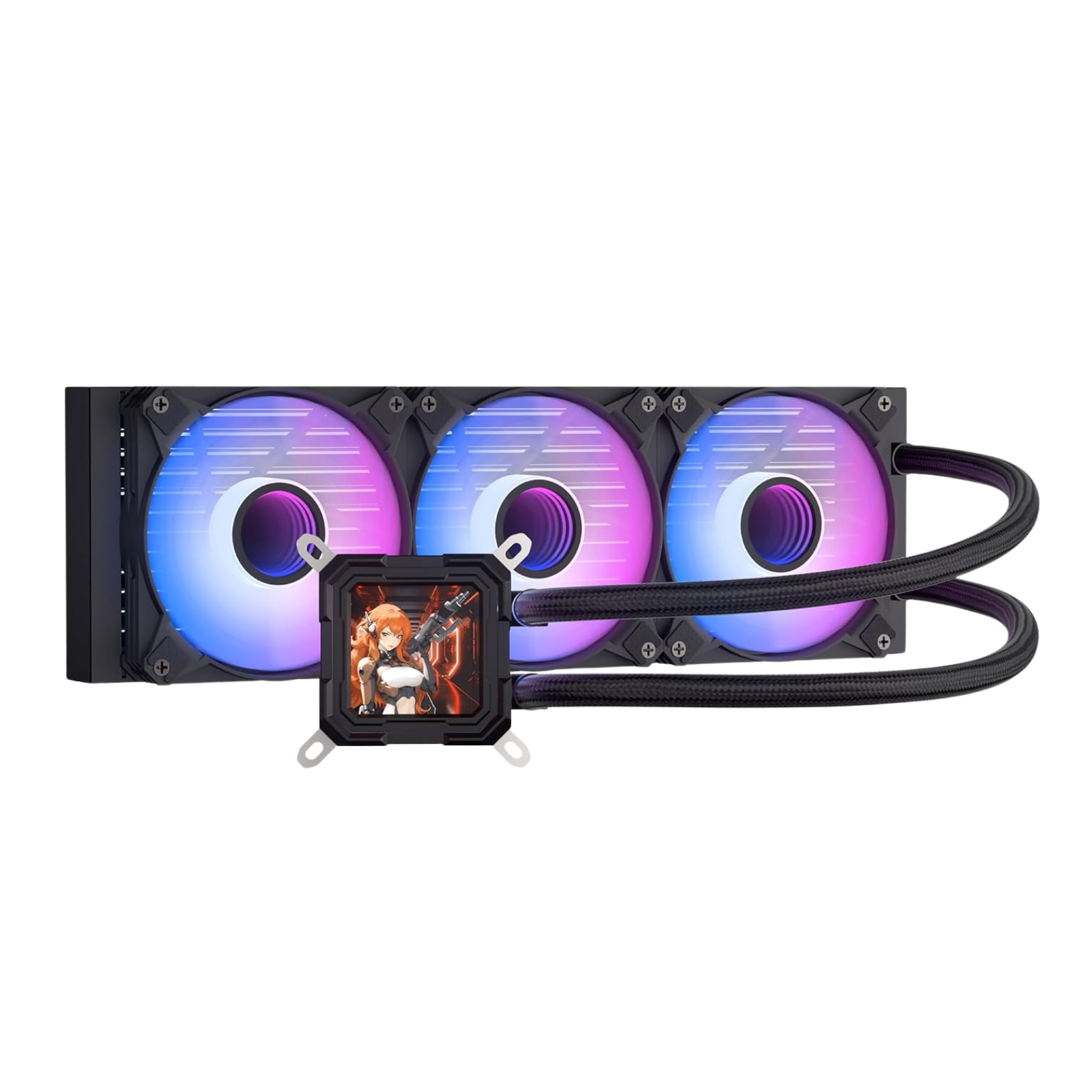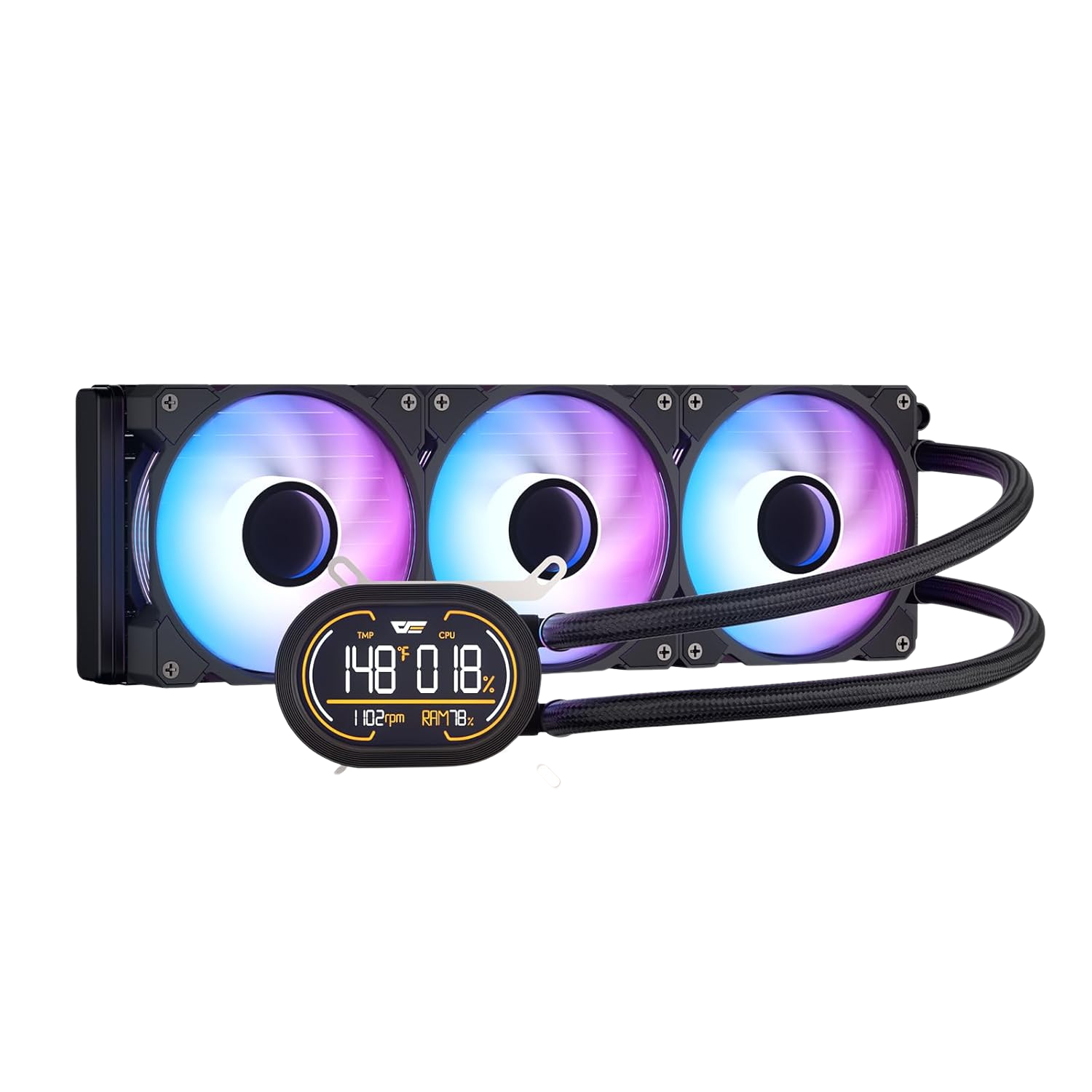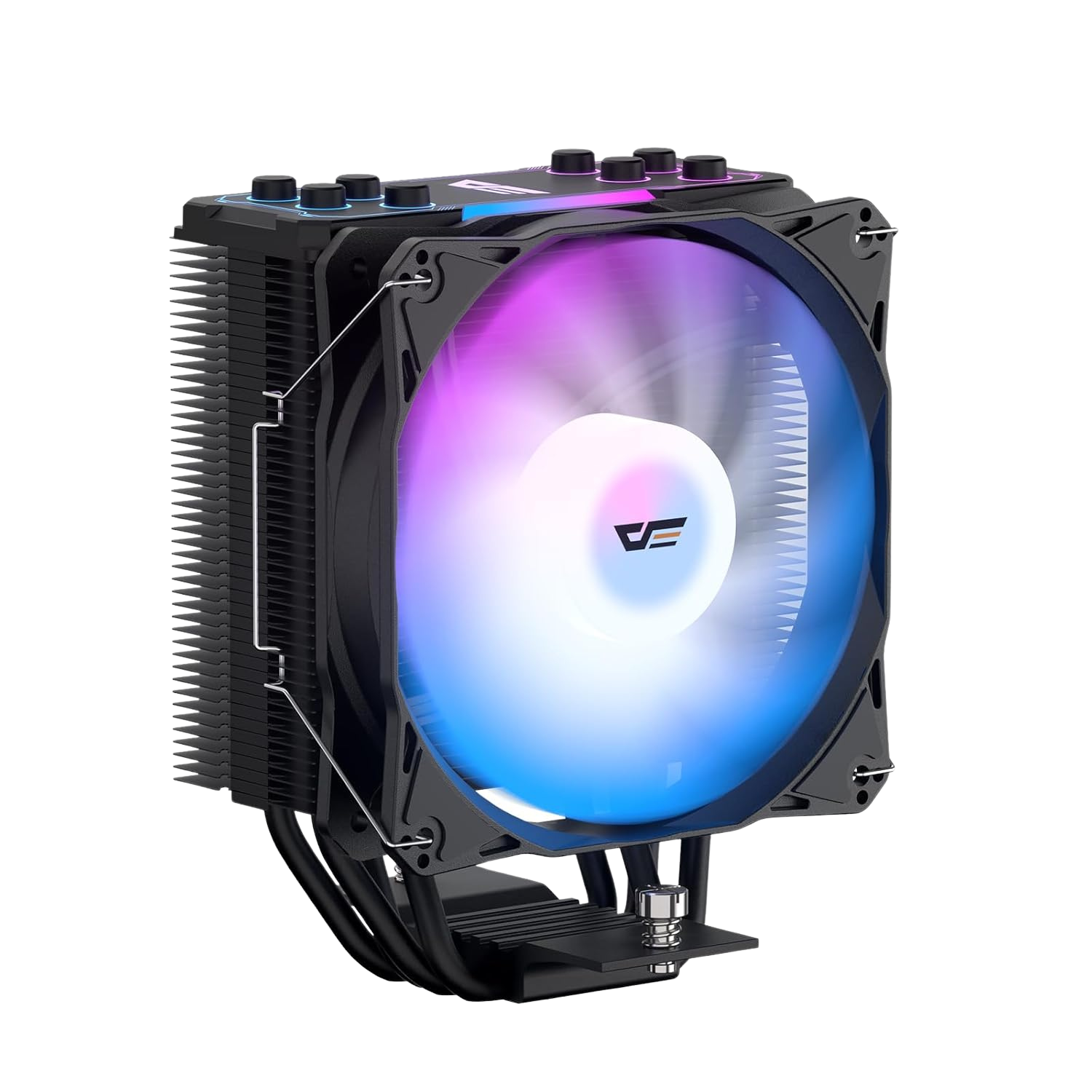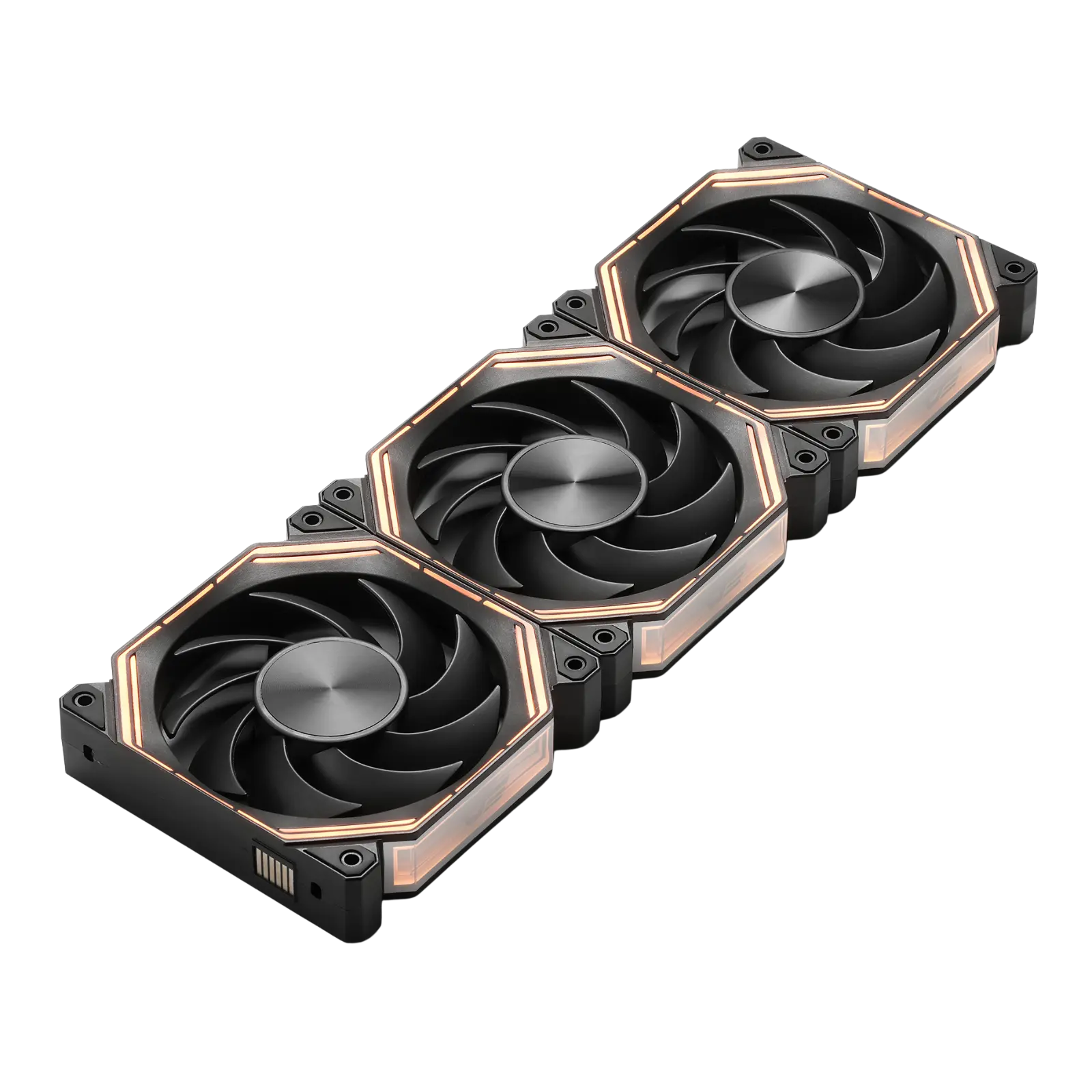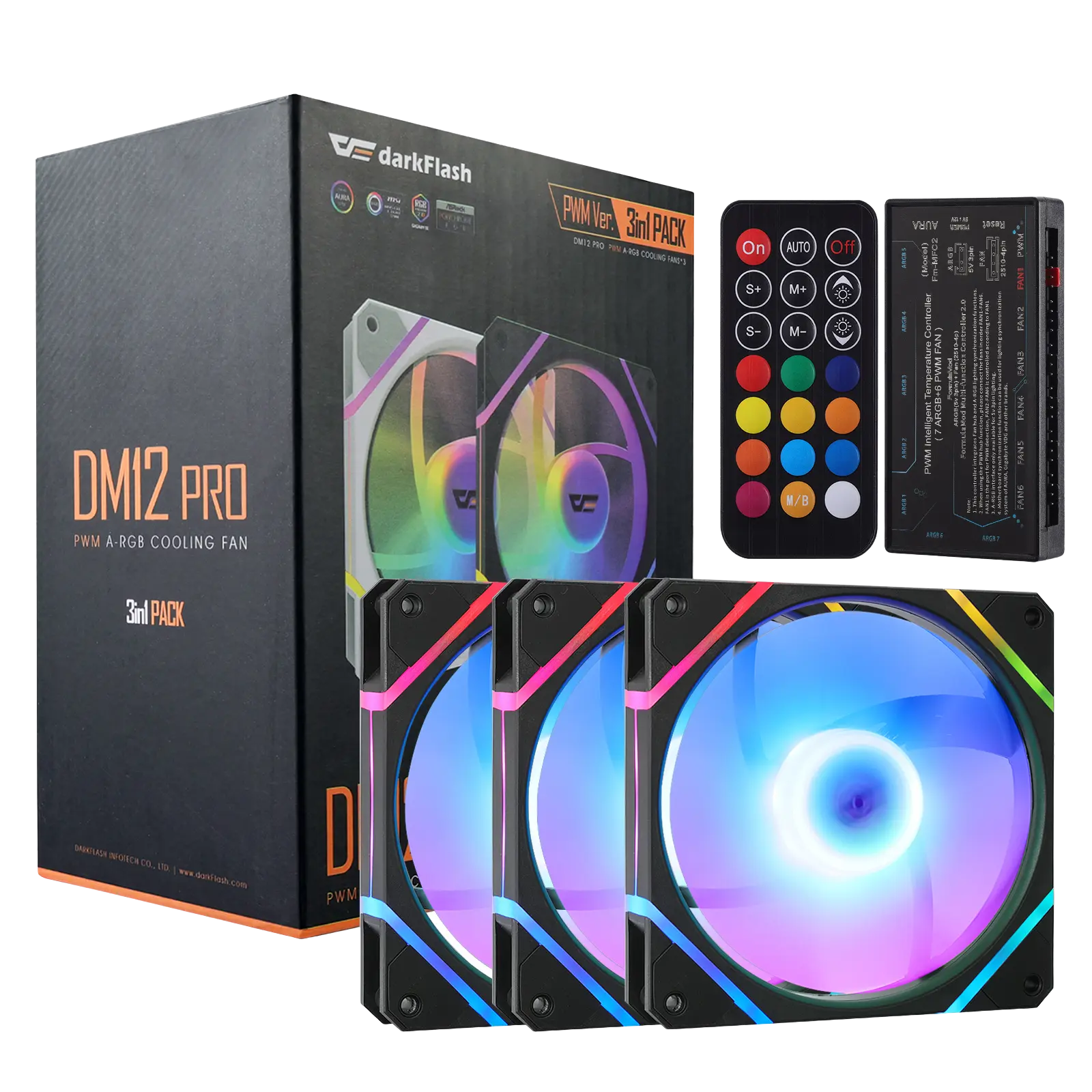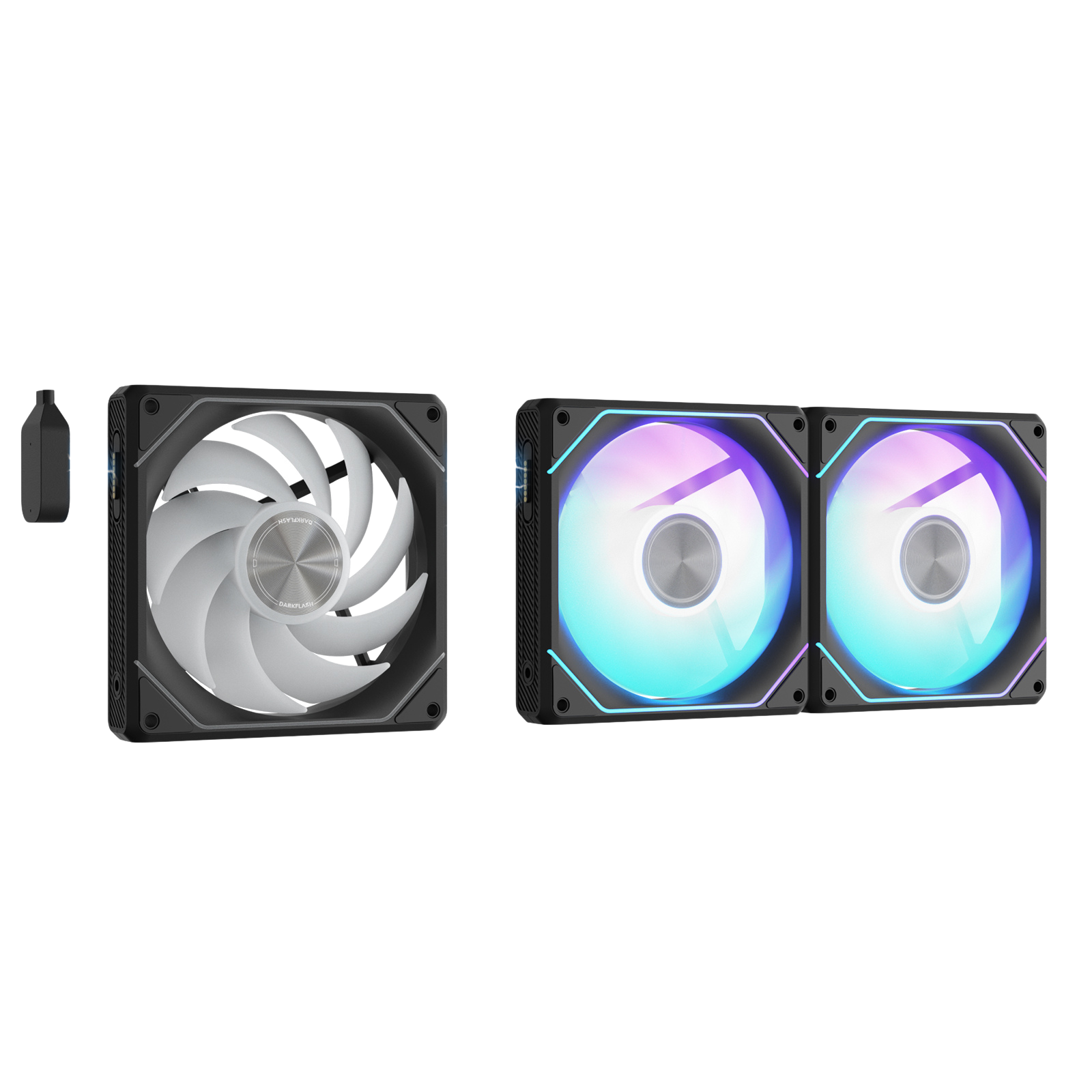How to Troubleshoot Fan Abnormalities
Share
Introduction
Case fans are essential for proper airflow and temperature regulation inside your PC. If a fan malfunctions (e.g., makes strange noises, spins erratically, or stops altogether), it can cause the entire system to overheat or become unstable. This blog will walk you through the most common PC case fan problems and how to effectively fix them.
The Fan Isn’t Spinning
Possible Causes:
Insufficient power for the wire series connection
Fans are not properly spliced
Fan controller or hub failure
Solution:
Turn off the computer and unplug the power plug. Open the case and check the fan cable. Make sure it is firmly connected to the corresponding fan interface on the motherboard. If you are using a fan hub, make sure it is properly connected to the power supply.
Connect the 4-pin cable of the faulty fan to the remaining interfaces on the motherboard. Or disassemble the faulty fan and use it individually to see if it works normally. Or reassemble the fan and re-splice it in a different order before testing.
If the faulty fan still does not rotate after the above methods, the fan itself may be faulty.
The Fan Makes Loud or Unusual Noises
Possible Causes:
Dust buildup inside the blades or bearings
Fan blades hitting cables
The fan may resonate with the case at high speeds and make noises
Solution:
Turn off the computer and check the fan for dust or physical obstructions. Make sure there are no loose cables touching the spinning blades. Also, check the blades for bent or broken parts and the inner frame for scratches.
To test further, assemble the fan in another case to see if the noise is heard.
The Fan Lights Aren’t Turning On or Can’t Change Color
Possible Causes:
The computer has not downloaded the new LED firmware
The power is insufficient
Solution:
Connect the 3-pin cable of the faulty fan to the other interfaces of the motherboard, or disassemble the faulty fan and test whether it works normally.
Make sure that the computer has installed and updated the lighting effect software for your motherboard brand (for example, ASUS motherboards use Aura Sync, MSI motherboards use MSI Center, and GIGABYTE motherboards use RGB Fusion).
If the problem is still not solved after following the above steps, the motherboard may be insufficiently powered. Purchase a hub to allow the power supply to power the fan separately.
The Fan Is Spinning Too Slowly
Possible Causes:
The fan is set to low speed mode in the software
The chassis has not reached the temperature required for high speed
Solution:
If the chassis has not reached the temperature required for high speed, the fan will operate at low speed. If you want to increase the fan speed, you can adjust the fan speed in the BIOS or motherboard software.
Final Thoughts
A faulty case fan can affect the operation of your entire system. Thankfully, most issues are easy to identify and fix. Regular maintenance, proper airflow design, and quality fan selection will go a long way toward keeping your system cool, quiet, and efficient.
Explore our range of darkFlash fans to find the perfect fan for your case, whether you're building from scratch or upgrading your airflow.
